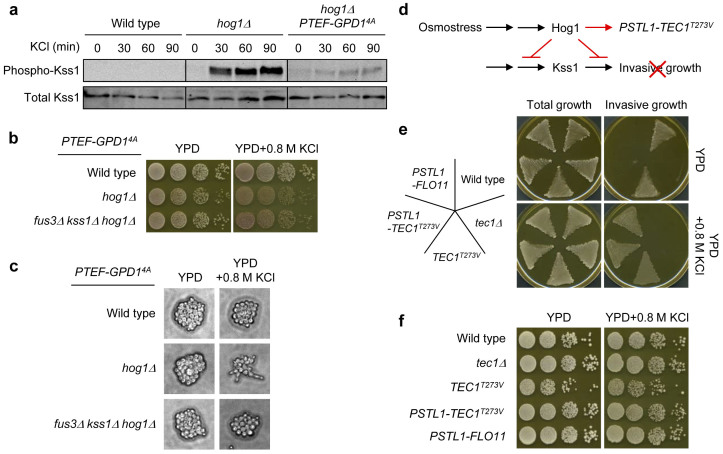Figure 4. Prevention of osmostress-induced abnormal morphology does not affect osmoadaptation.
(a) Constitutive expression of GPD14A attenuates crosstalk in hog1Δ. Kss1 phosphorylation upon osmotic stress (0.4 M KCl) was monitored at 0, 30, 60, and 90 minutes by Western blot analysis using an anti-phospho p42/44 antibody. The protein level of Kss1 (detected using anti-Kss1 antibody) served as a loading control. Full-length blots are presented in Supplementary Figure 1. (b, c) Different cell morphology in the presence or absence of crosstalk does not affect synthetic osmoadaptation. Cells of the indicated strains carrying YIplac128-PTEF-GPD14A were grown on YPD plates with or without 0.8 M KCl for 1–2 days at 30°C (b). Cell morphology after one day was observed under the microscope (c). (d) Experimental design for forced osmotic induction of invasive growth. (e) Osmotic induction of filamentous growth (invasive growth) by expressing TEC1T273V or FLO11 under the control of the osmoresponsive STL1 promoter. Cells of different strains in the Σ1278b background were patched on YPD plates with or without 0.8 M KCl, grown for 1–2 days at 30°C (left), and then washed with water (right). (f) Prevention, forced osmotic induction, or constitutive induction of filamentous growth (invasive growth) does not affect osmoadaptation. Cell growth of the indicated Σ1278b strains was examined as in (b).

